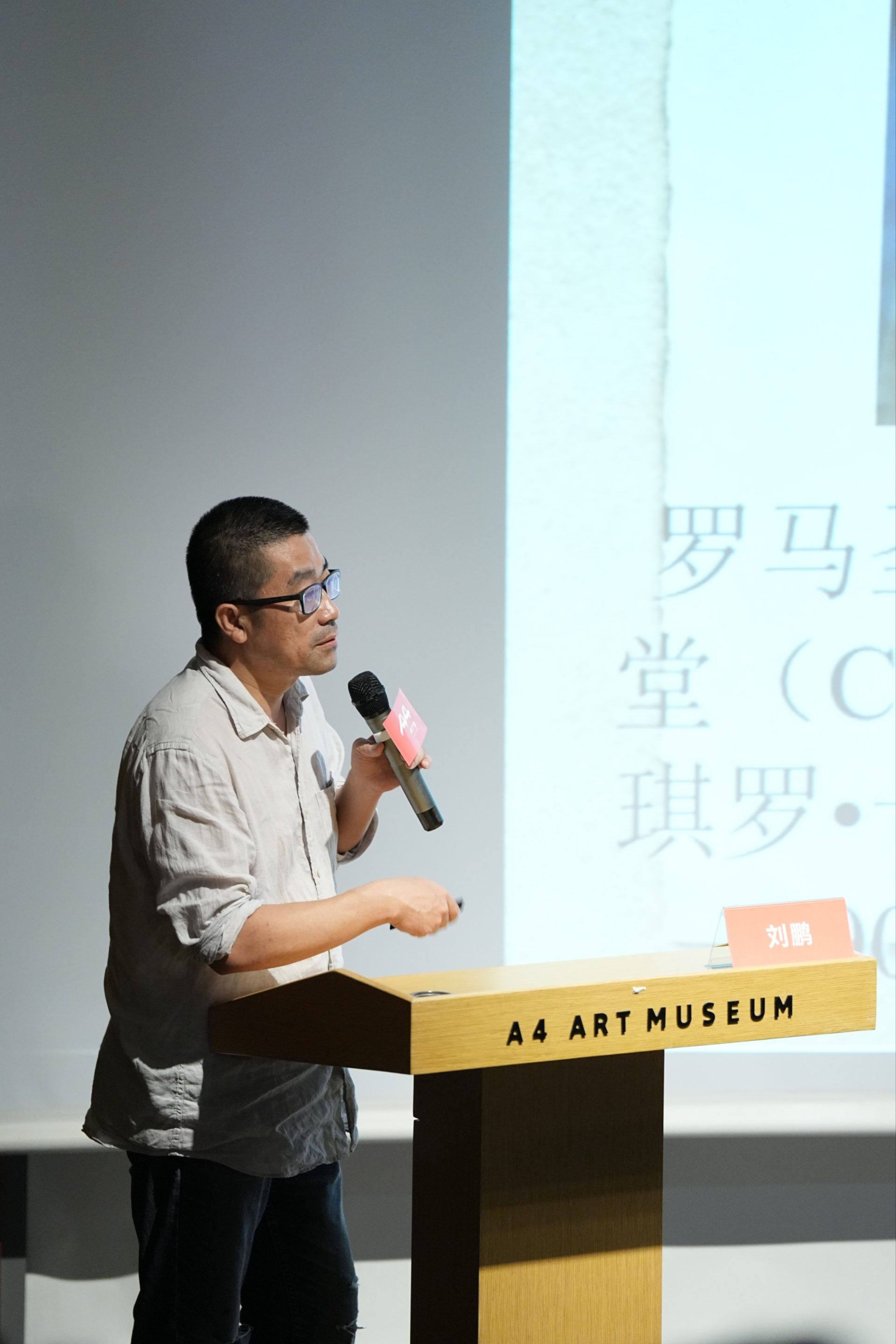Since the 1990s, China’s art museums have undergone a period of rapid development and diversification, with the number and scale of museums continuously expanding. Many cities have established their own art museums, and the exhibition content has become more diversified. The rise of private art museums and galleries has also injected new vitality into the entire ecosystem. However, the construction of Chinese art museums with “contemporary significance” has a history of only two decades. These two decades have been a period of mutation, with significant changes in their mechanisms, functions, and social services.
In 1997, three art museums with a certain scale, comprehensive functions, and improved operational models emerged in Guangdong, Guangzhou, and Shenzhen: Guangdong Museum of Art, He Xiangning Art Museum, and Guan Shanyue Art Museum. Almost simultaneously, the Shanghai Art Museum moved into its new building and hosted the first biennial exhibition with international significance in China in 2000 – “The Third Shanghai Biennale.”
Over a century of systematic and standardized operations in the art museum system, museum studies have also undergone a difficult process from struggling forward to systematization and disciplinary specialization. Currently, it faces a transition from a mature system to self-reflection and critical skepticism, exhibiting a trend of exploring new models from traditional ones. Reflection on practical issues also demonstrates open thinking, comprehensive methods, and interdisciplinary perspectives. “New Museum Studies” needs to consider the impact of the “language shift” on art museums. The issues it involves include three levels: “human” as the subject; multi-directional “space”; institutional criticism and power reflection. “New Museum Studies” is a cross-cultural study based on institutional research. It must critically focus on the practical operational issues of art museums and also pay attention to institutional issues in the process of museum operations. It is not stable but reflective. It is situated in the critical field, requiring critical thinking; it considers the symbiotic and restrictive relationship between power fields, political fields, and artistic platforms, and pays special attention to the concept of multiculturalism with contemporary significance.
The art museum is a space for discussing cultural products and social issues. As a force, it has given birth to the diversified development of China’s artistic ecology and more open dialogue and exchange. Therefore, we hope to launch an empirical discussion focusing on “human,” publicness, and participation based on the practices of different institutions and individuals. This forum includes the following four sections: 1. The Flowing Ecosystem: Art Museums, Communities, and Participatory Actions; 2. Art Museum Education and Local Expression from a Public Perspective; 3. New Museum Studies and Theoretical Development in Co-construction; 4. Future-oriented Art Museum Institutions and Operational Practices. We will explore the social role and positioning of art museums, as well as the ways they promote knowledge production. In the process of continuously seeking contemporary significance, we will further demonstrate the continuous updating of their own thoughts and theories.












